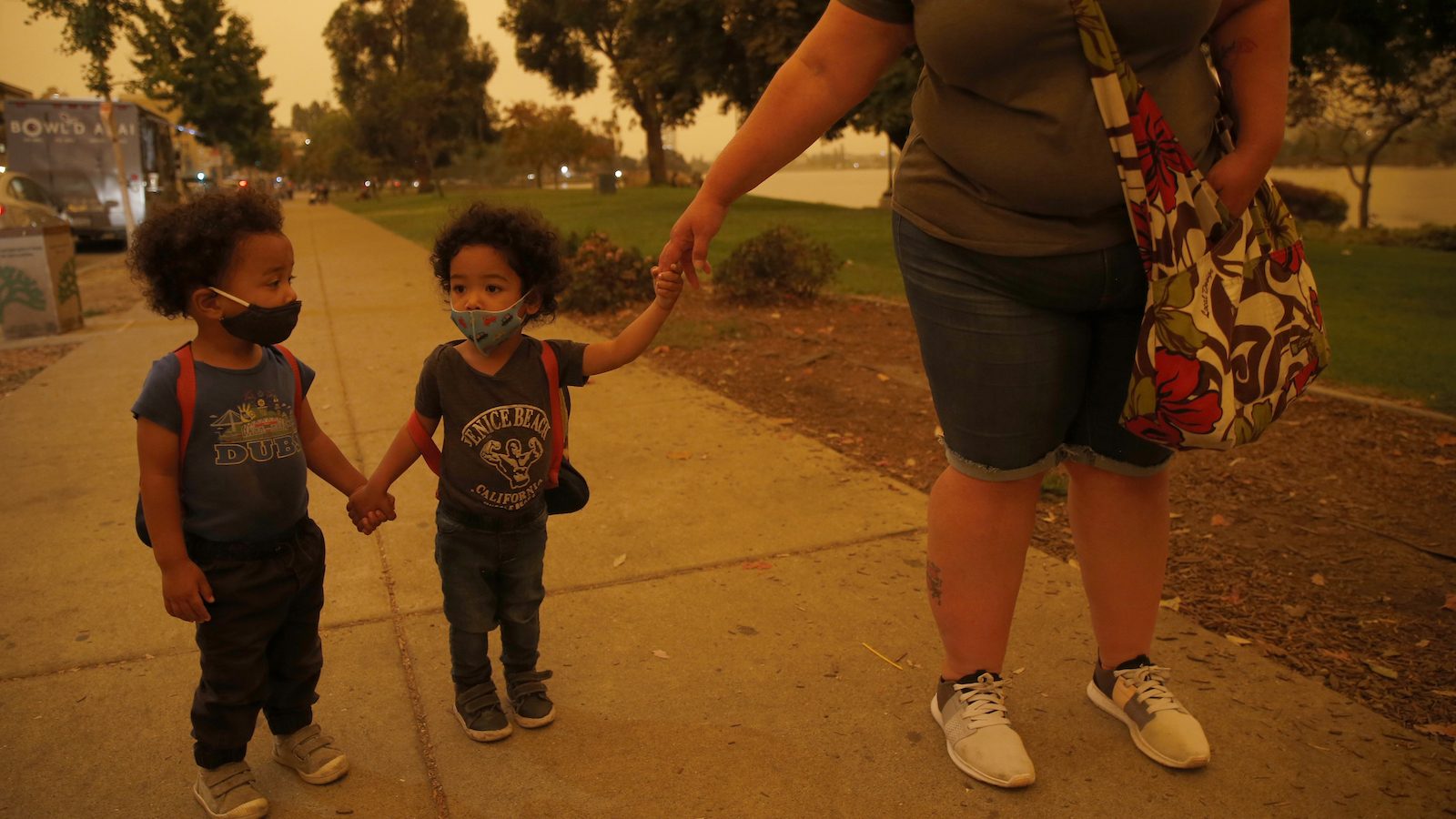Wildfires are no longer local affairs. Smoke from California has colored sunsets in New York, Australian bushfires have polluted Santiago, Chile, and people in Vancouver have inhaled the burnt remnants of Siberian forests. As a byproduct of these megafires, the world is watching a natural experiment in the effects of exposing a significant portion of the global population to wildfire smoke.
Researchers are starting to see just how much damage this pollution is doing. A team of more than 70 scientists from all around the world tallied up the death toll in a first-of-its-kind study published Wednesday in the journal Lancet Planet Health. Their estimate? Smoke from the world’s worsening wildfires is now killing 33,510 people every year.
It’s important to know this number because if societies don’t react, it’s likely to grow worse, said Yuming Guo, a biostatician at Australia’s Monash University and one of the authors of the paper. “Wildfire smoke is predicted to increase in the future because of climate change,” said Guo. “We should understand the relationship between smoke and human health.”
The scientists collected data on wildfire smoke exposure and deaths in 749 cities between 2000 and 2016. Their estimate of deaths is lower than the likely total number because the study only counted mortality in the three days immediately following blanketing smoke — not the more insidious damage that accumulates from long-term exposure.
Air pollution research tends to start with deaths immediately following a single severe event before trying to pick apart the effects of chronic exposure. That is when it’s easiest to see a relationship between pollutants and mortality, said Joel Kaufman, an environmental epidemiologist at the University of Washington. Decades ago, for instance, researchers took notice of the Great Smog of 1952, when a coal-induced haze swathed London for four days. “You saw these huge levels of pollution and then people died. It’s acute events like that that triggered the realization that air pollution was dangerous,” Kaufman said.
Now we are seeing the same sequence of scientific inquiry into the effects of wildfire smoke. It’s a crucial area of study in places like the West Coast of the United States, where a decline in fossil fuel pollution is happening at the same time that forests are increasingly going up in flames. Forest fires, Kaufman said, could become a dominant driver of air pollution in the region.
For a long time people have assumed that fossil fuels were the main source of the particles we should worry about, while wood smoke was somehow more benign. But this study suggests that the opposite is true: The risk from wildfire smoke was greater than the risk from the same amount of urban pollution. That’s because wood smoke is generally composed of smaller particles that can worm their way into human cells, and it contains things like “polycyclic aromatic hydrocarbons” and “aldehydes,” which trigger inflammation and damaging oxidation. “Wildfire smoke has more hazardous materials than other materials,” Gao said.
Risk of death by wildfire smoke varied by country, depending on how susceptible people were to the pollution, and how deftly healthcare systems were able to respond with treatments. Researchers determined that wildfire pollution caused 2 percent of all deaths in Thailand, Guatemala, and Paraguay, versus just 0.26 percent in the United States and 0.09 percent in Ireland.
When smoke swathes big chunks of the globe, exposing millions to dangerous particles, those seemingly small percentages can result in a lot of deaths. Without adaptation, wildfires could undo nations’ health gains from cleaning up diesel fumes and coal ash.




